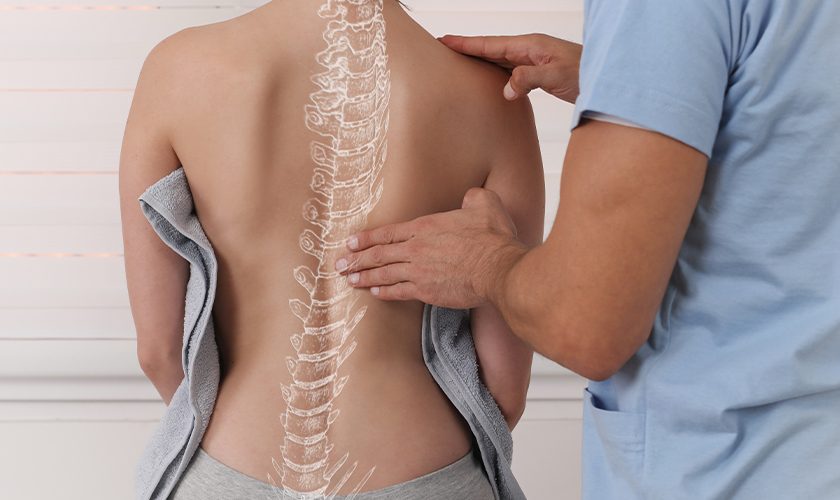Scoliosis is a very “popular” disease these days. It is diagnosed in 40 percent (almost half!) of the world’s population. In most cases, spinal curvature does not require treatment, but in some cases this disease can cause a lot of trouble and a person needs painkillers (for example, Apo-Diclo or Brufen). The second and third degree of scoliosis causes asymmetry of the shoulder blades and hip bones, the formation of a hump on the back and deformation of the thoracic region – these changes not only affect the functioning of internal organs, but are also very noticeable, which spoils the appearance of a person.
In the vast majority of cases, scoliosis occurs in childhood, when the child’s skeleton is growing rapidly. Preschoolers and elementary school students are the highest risk group, therefore, at this age, it is important to take the necessary preventive measures to protect the child from scoliotic disease. In order to implement preventive measures, it is first necessary to understand the causes of the disease.
Why does scoliosis occur?
Doctors distinguish several reasons for the development of spinal curvature. Most often, the process begins due to incorrect posture. When a child sits hunched over at a school desk and does homework in the same way at home, his bones “remember” this position. Carrying too heavy a backpack also has a negative effect on posture.
Less common, but still important causes of scoliosis are damage to the chest, diseases of the nervous system, weak ligaments and muscles of the back, congenital defects of the musculoskeletal system, etc.
Measures to prevent the occurrence of scoliosis
The main effort should be aimed at forming the correct posture.
You can:
- In the first 2 years of a child’s life, spend as much time as possible with him outside in sunny weather. The sun is the main natural source of vitamin D, which, in turn, ensures the proper development of the skeleton.
- While walking with the baby by the hand, alternate it, offering the child to go to the left, then to the right of you.
- Buy your child a quality backpack for school. According to doctors, orthopedic backpacks are considered the best. They are more comfortable to wear due to the anatomical shape of the back, which follows the curves of the spine. Even when completely packed with heavy books, such a backpack will not tilt its owner to one side or make him want to hunch over to lighten the load. Another suitable option is a backpack with wheels. Its advantage is the ability to roll. The wheel system reduces the load as much as possible, and the child will easily and effortlessly bring his bag to class. In addition, such models are universal. On days when the child only needs to take a couple of books, the handle of the backpack can be hidden, the wheels can be covered with special pads so as not to dirty the back, and the backpack can be carried over the shoulders.
- Take care of the child’s workplace. The desk at which the child does homework at home should correspond to his growth, the distance from the table surface to the head should be at least 30 cm.

